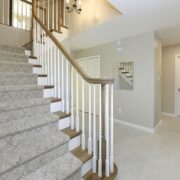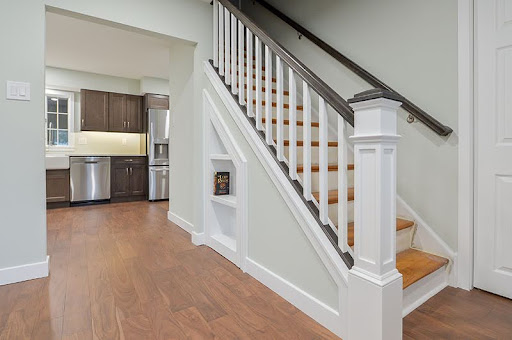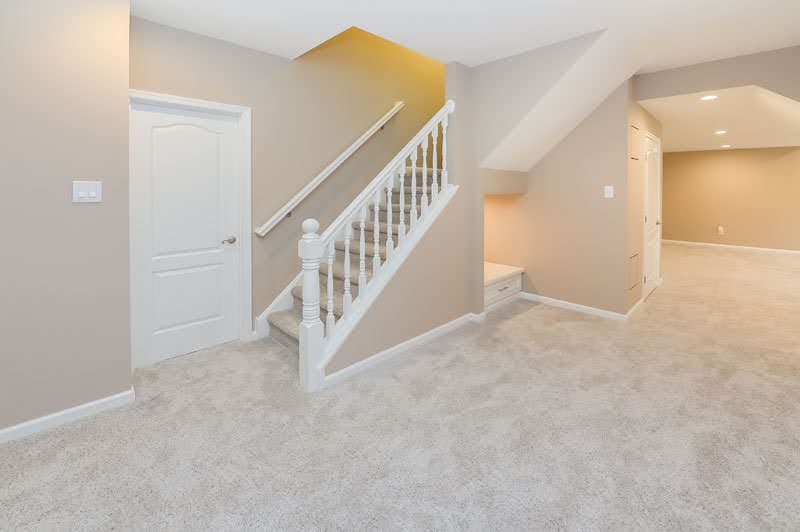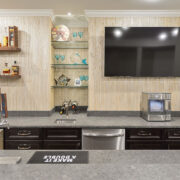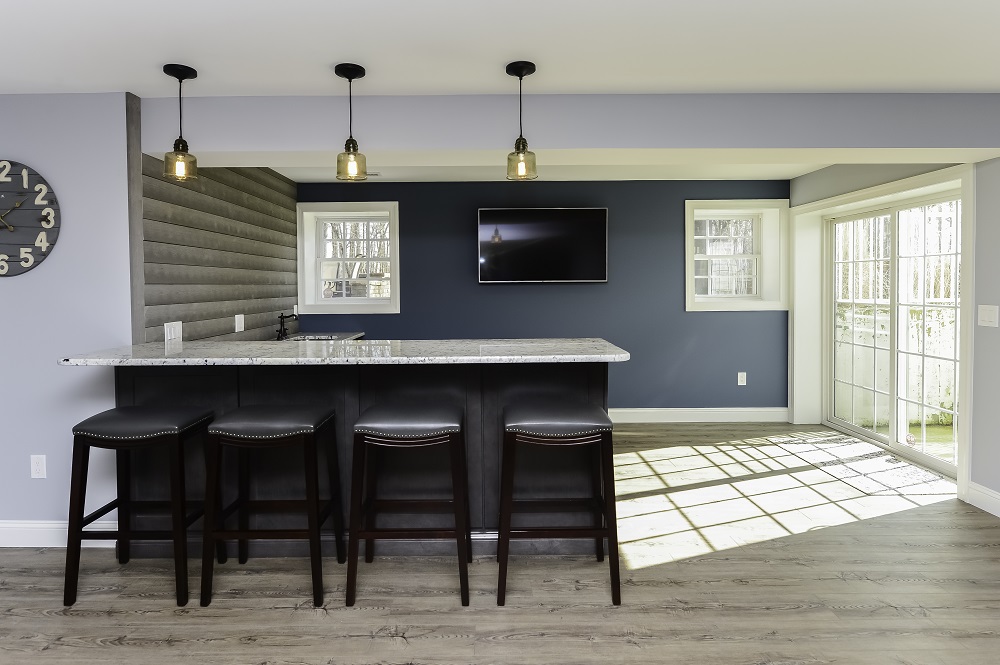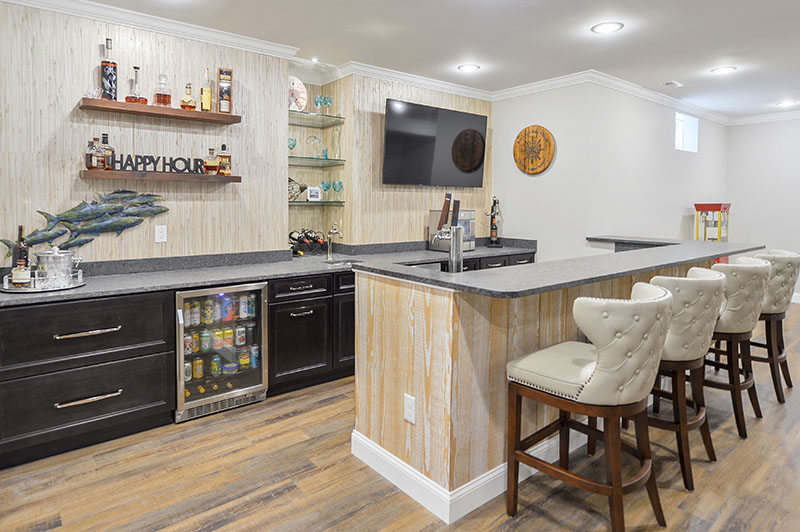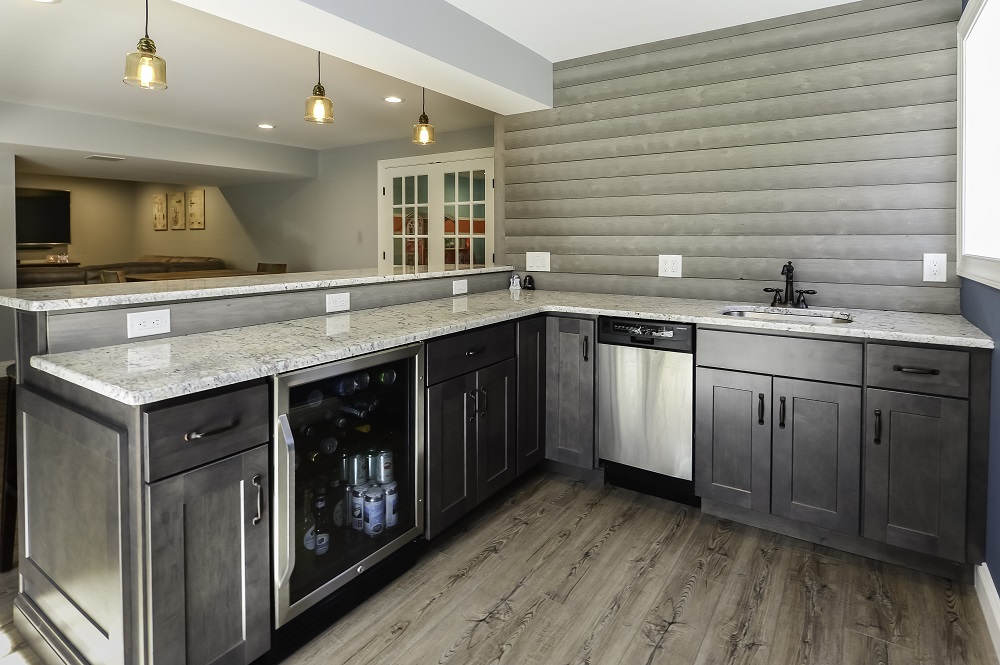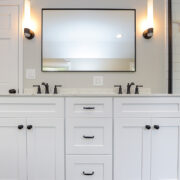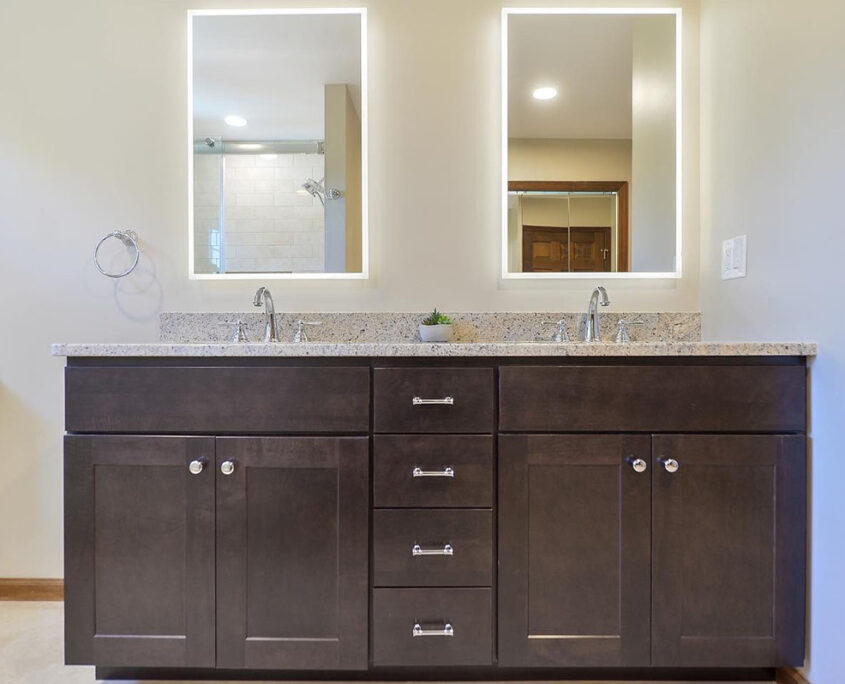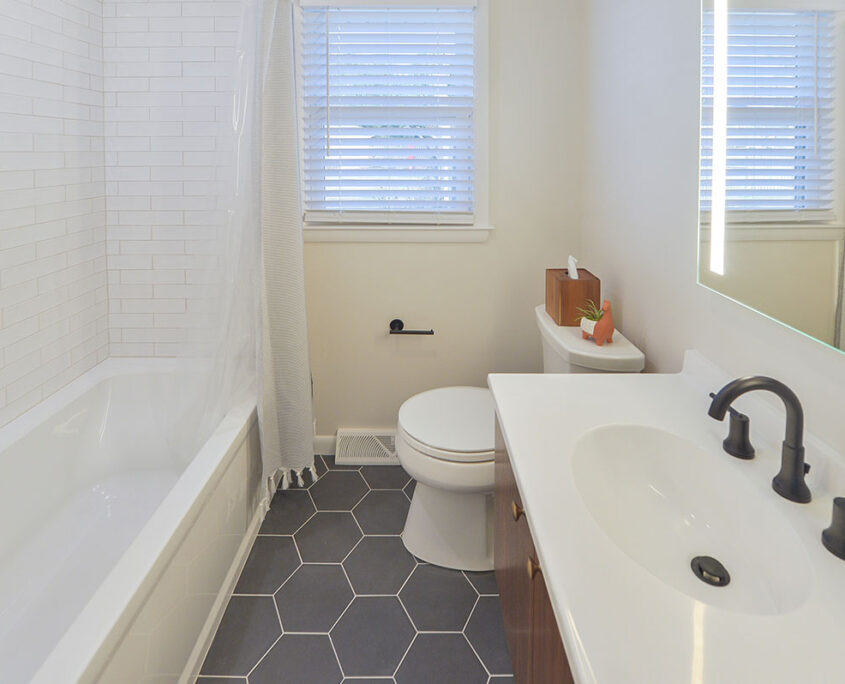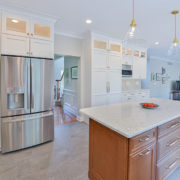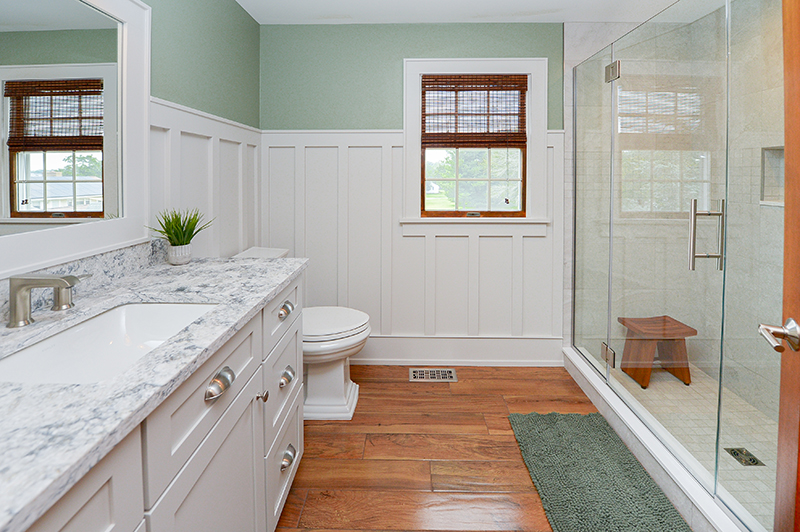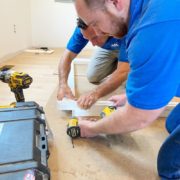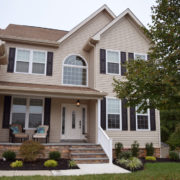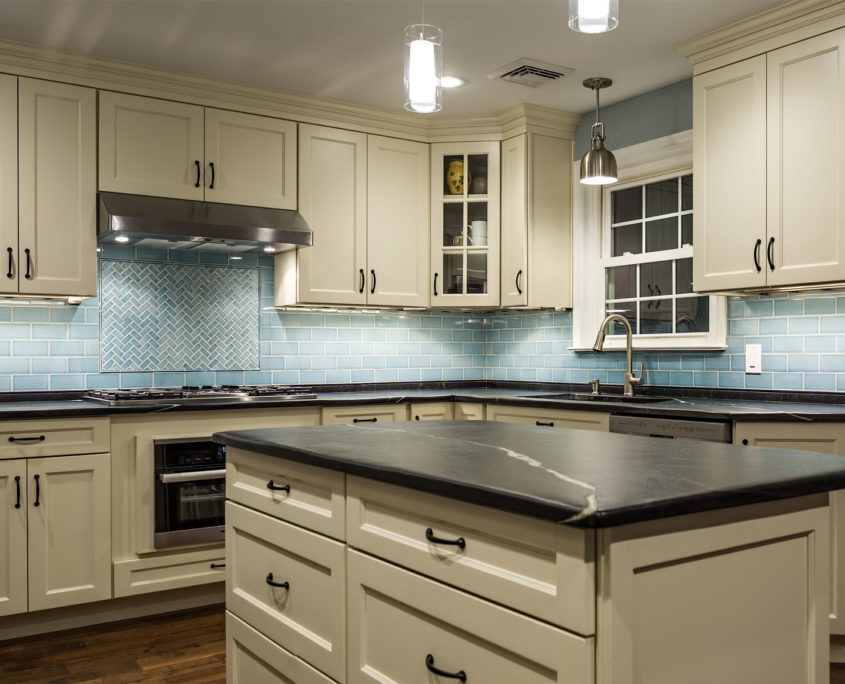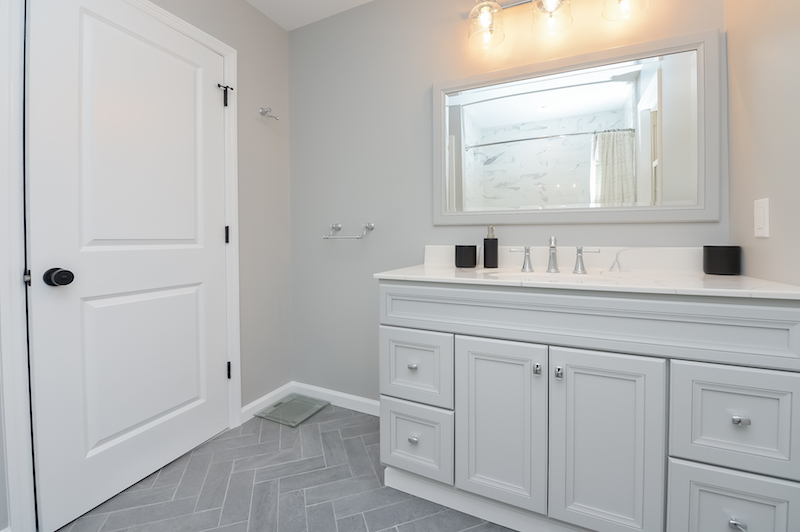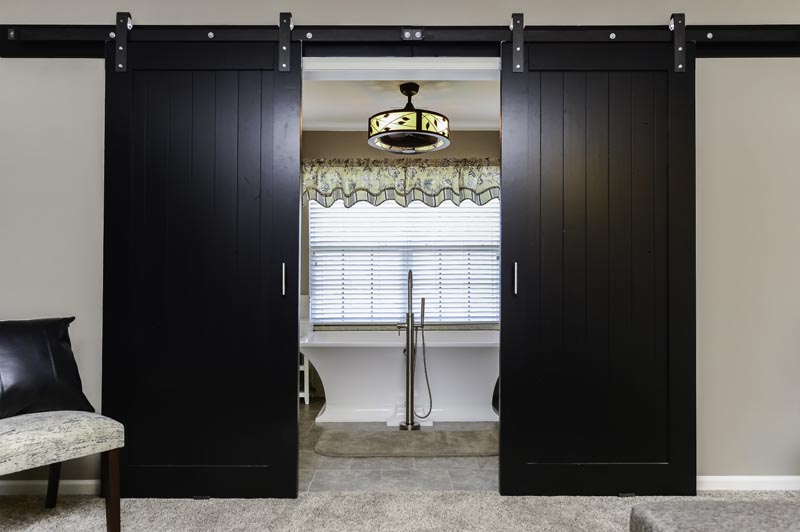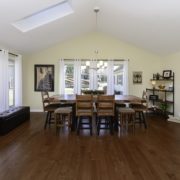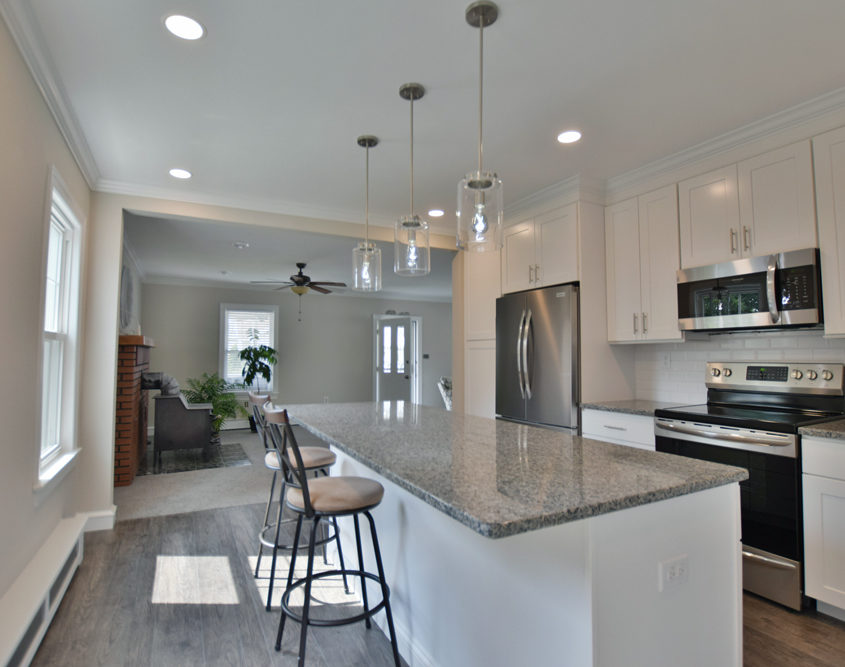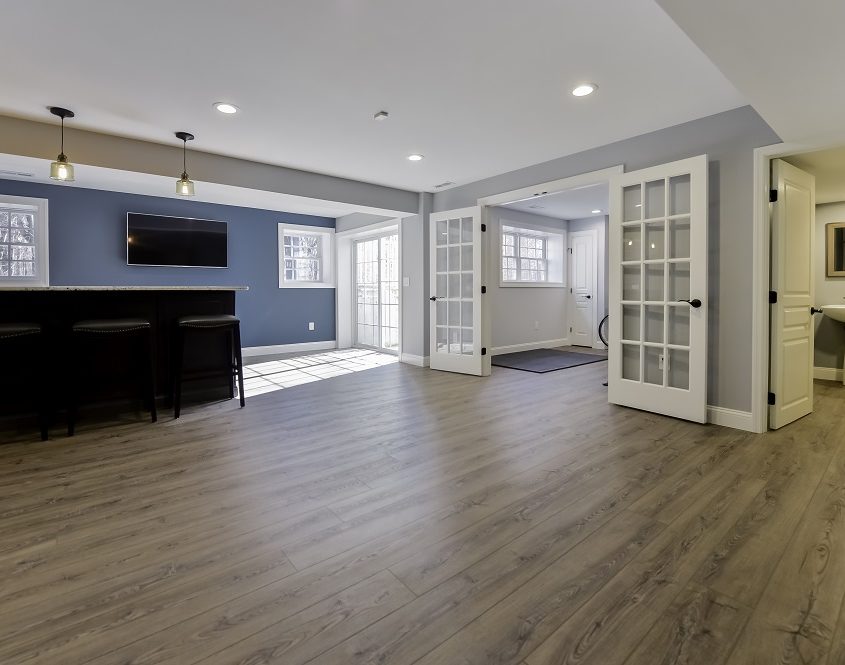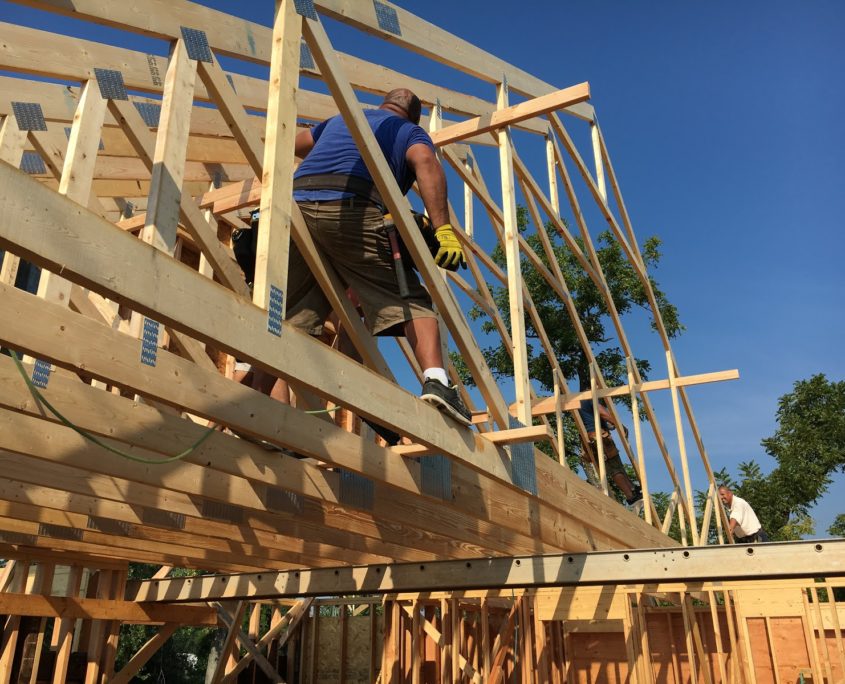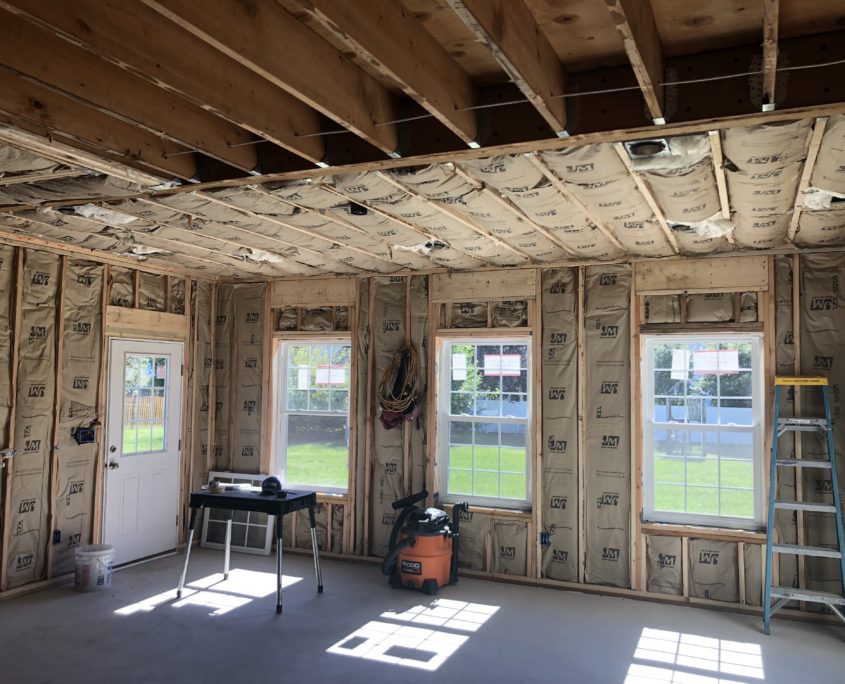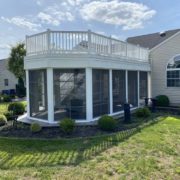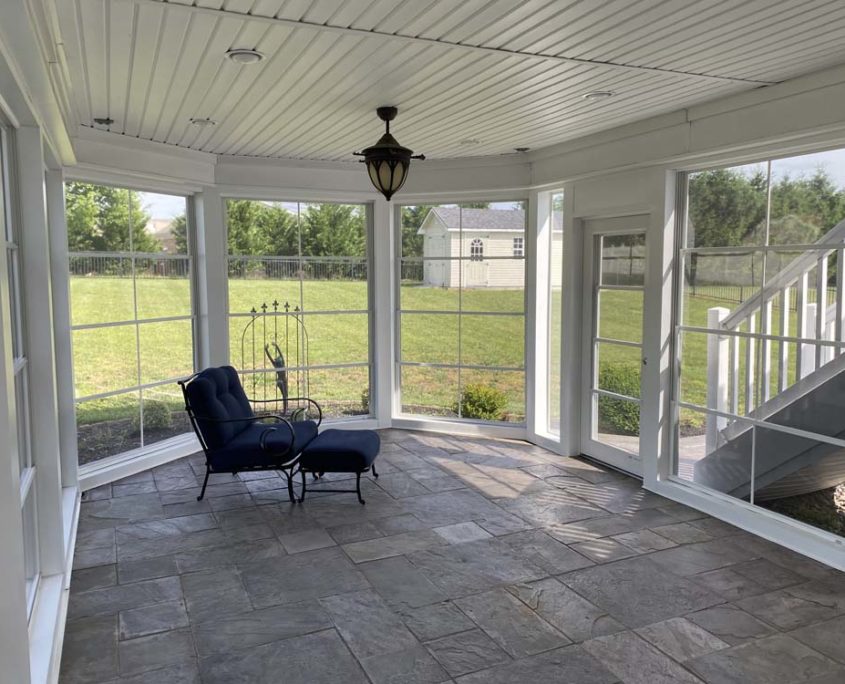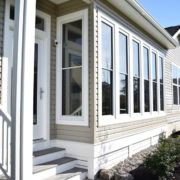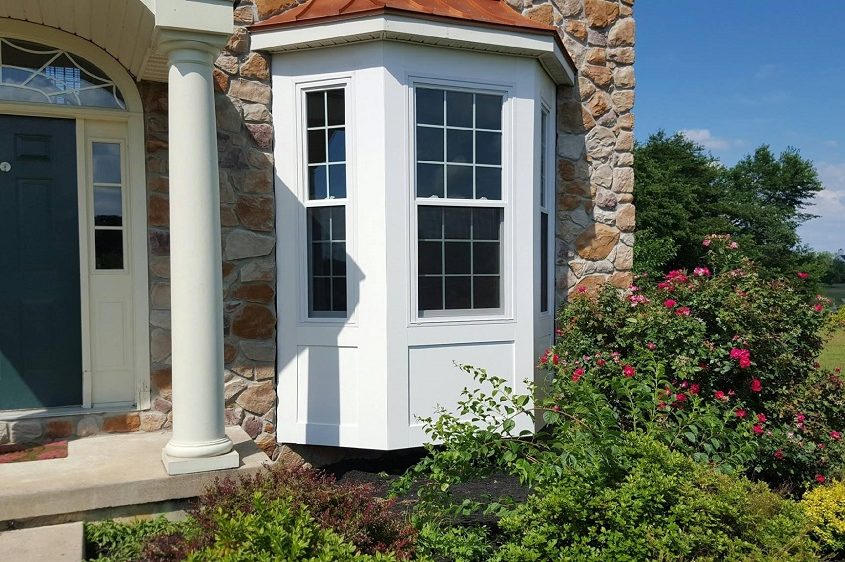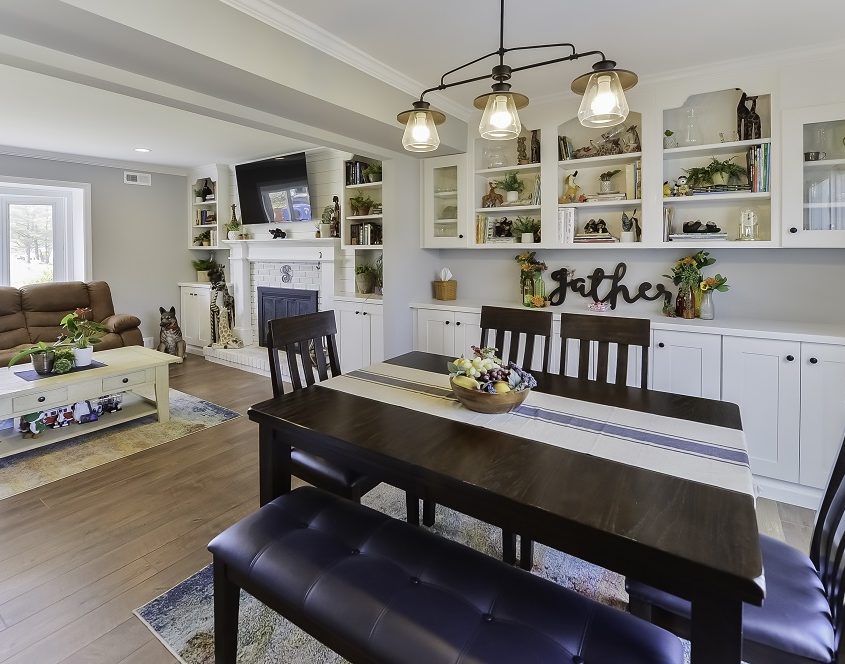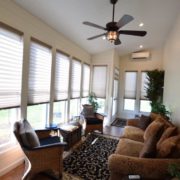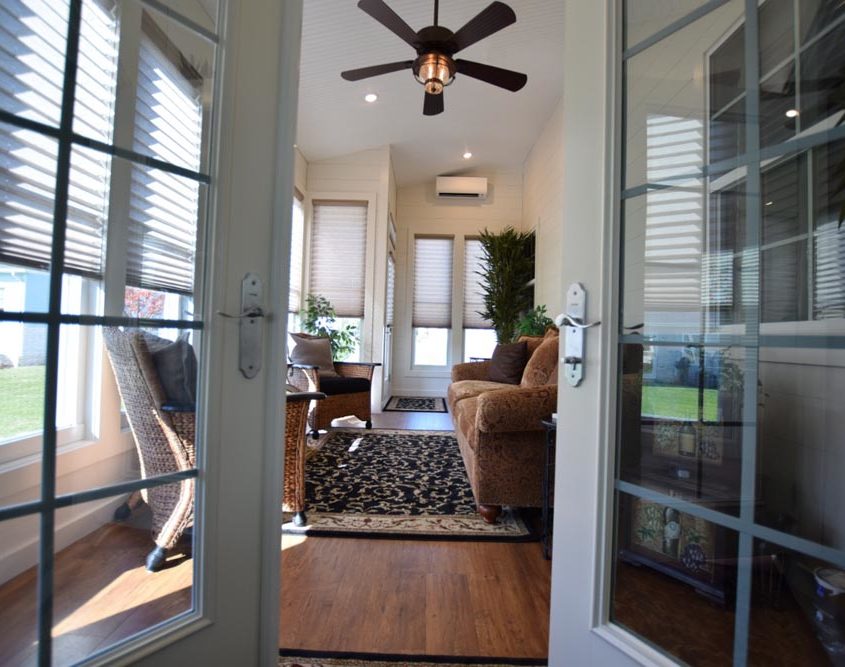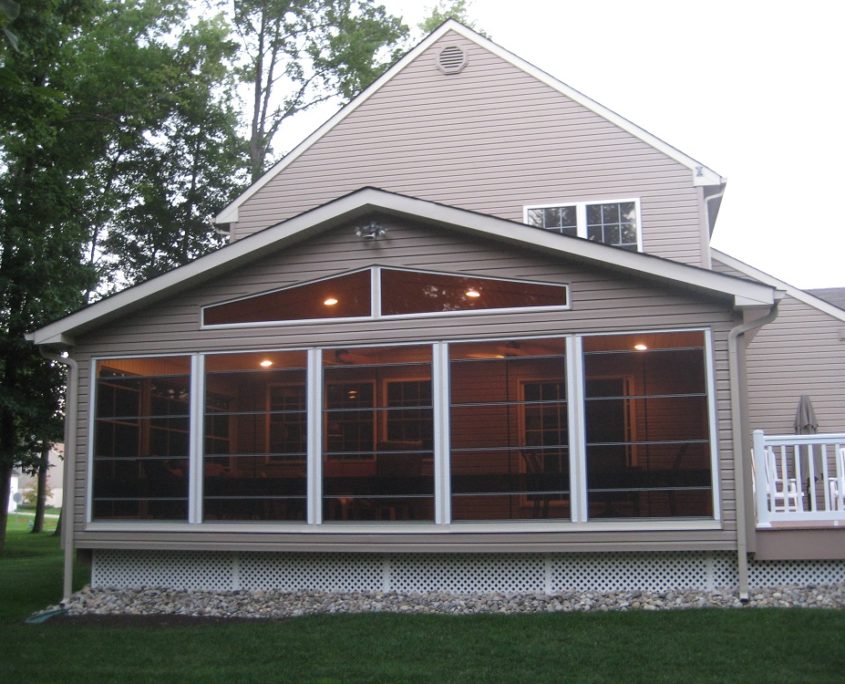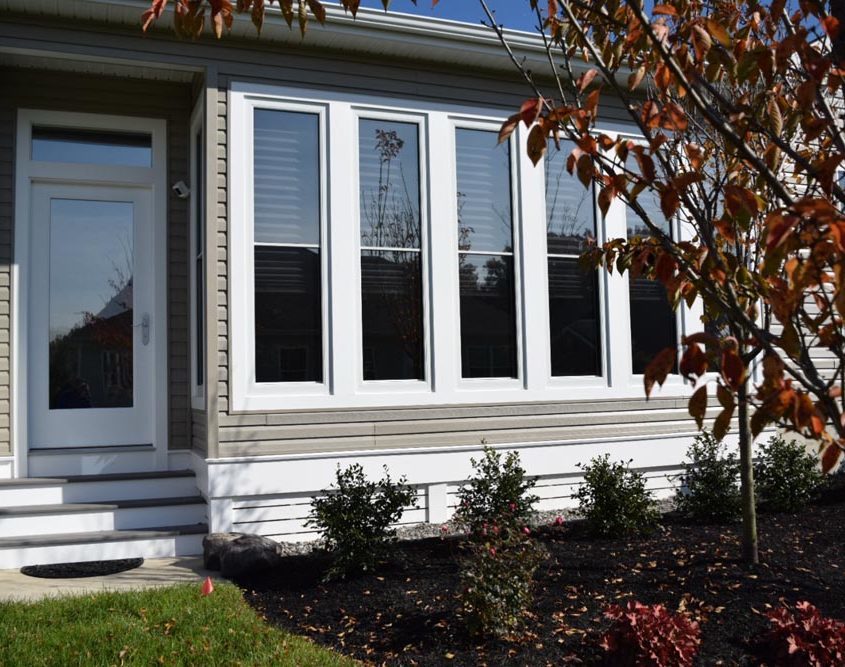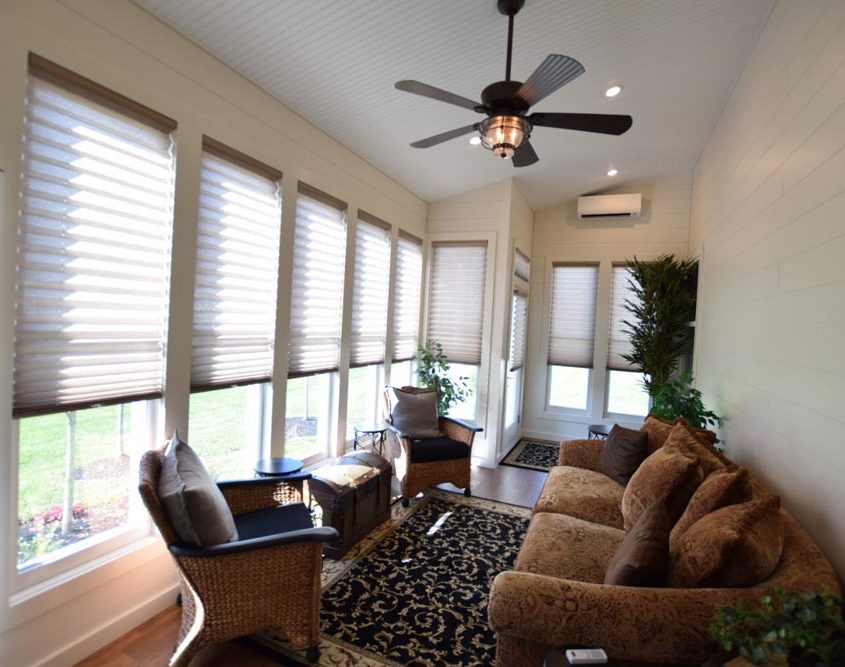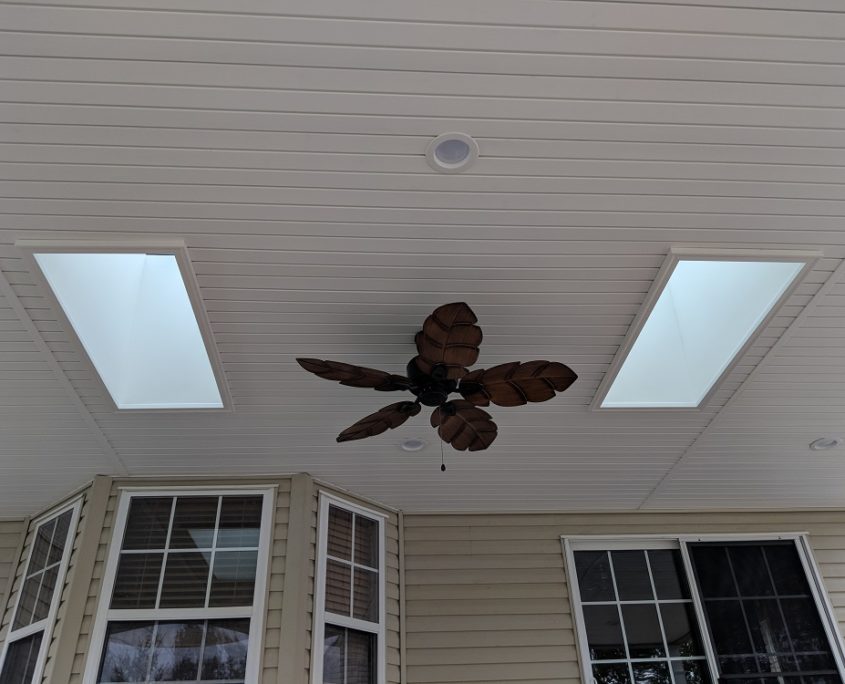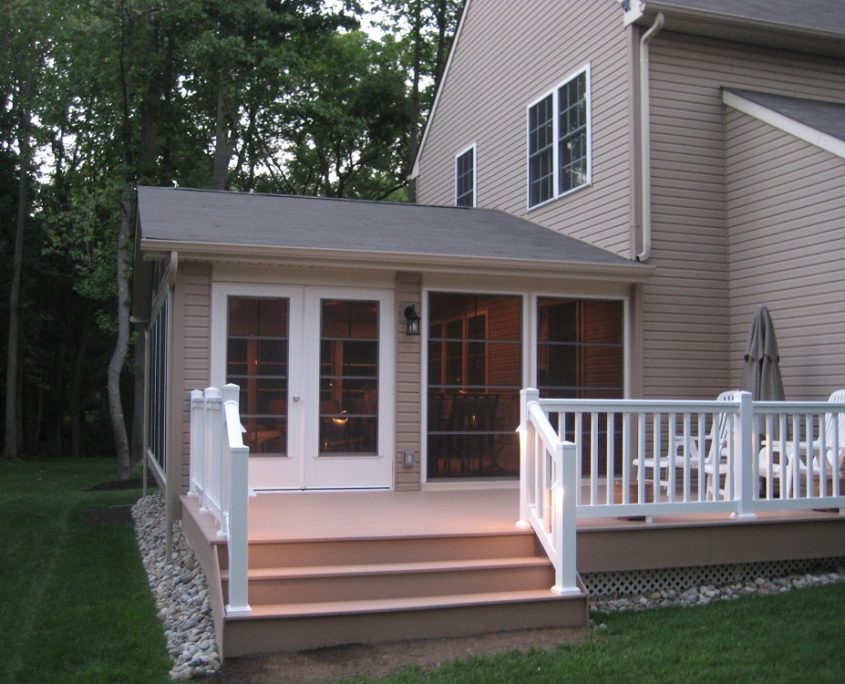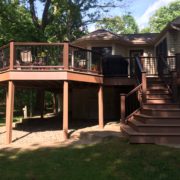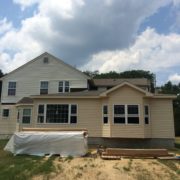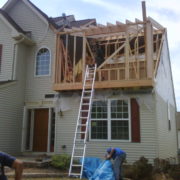Stepping Into Staircase Design: Connecting Floors with Style
When it comes to home remodeling, staircase design is often overlooked. But in reality, it plays a bigger role in both the function and style of your space than you might think!
More than just a way to move between floors, a well-designed staircase can become a stunning focal point, seamlessly blending practicality with visual appeal.
In this post, we’ll be taking a deep dive into how thoughtful staircase design will elevate your home, connecting floors with style and sophistication.
Staircase Design Terminology Explained
It’s easy to get tripped up by the terminology. Words like “stairwell,” “stairway,” and “staircase” are often used interchangeably, but each has its distinct meaning. Understanding these differences will help you communicate your vision more clearly with your home remodeling team.
A stairwell refers to the vertical shaft or opening in a building that houses the stairs; think of it as the space through which the stairs ascend or descend. The stairwell includes the walls and the open area, but not the stairs themselves.
Stairways are the structures that allow you to move from one floor to another, consisting of the stairs, landings, handrails, and any supporting framework. It’s the complete passageway for travel between levels.
A staircase specifically refers to the set of steps themselves, along with the supporting structure.
Anatomy of a Staircase
A well-thought-out staircase design is a blend of function, safety, and style. Let’s break down the essential parts!
Treads and Risers
The tread is the horizontal part you step on, while the riser is the vertical section between each tread. Together, they determine the comfort and safety of your climb.
Treads must be wide enough to accommodate a foot securely, and risers should be of consistent height to prevent tripping. Their dimensions are very important in staircase design, affecting both usability and compliance with building codes.
Stringers
Stringers are the backbone of the staircase, supporting the treads and risers. There are two main types:
- Closed (where the treads and risers are housed within the stringer)
- Open (where the profile of the treads and risers is visible)
The choice of stringer impacts both the structural integrity and the visual style of the staircase. When strangers are properly designed, the staircase can safely bear weight to withstand daily use.
Balustrade Components
A balustrade is the protective barrier along the edge of the staircase, made up of several elements:
- Handrails: Provide support and stability as you ascend or descend.
- Balusters (or spindles): Vertical posts that support the handrail and prevent falls.
- Newel posts: Larger, often decorative, posts at the start and end of the staircase or landings, anchoring the balustrade system.
Landing
Landings are flat platforms between flights of stairs or at the top or bottom of a staircase. Landings provide a resting point, change the direction of the stairs, and improve safety by breaking up long flights. When designing a landing, you must consider its size, location, and how it integrates with the overall flow of the space.
Nosing and Skirting
Nosing refers to the edge of the tread that projects beyond the riser below. It adds to safety by providing extra space for the foot and can add a finished look to the stairs, as well.
Skirting (or skirting boards) runs along the wall at the side of the staircase, covering the joint between the stairs and the wall. Skirting protects the wall from scuffs while creating a polished, cohesive appearance.
Architectural and Floor Planning Considerations for Staircase Design
Of course, staircase design is about more than just choosing materials and style — it’s an architectural decision that impacts the functionality of your entire home.
Space Planning
When integrating a staircase into your floor plan, consider both the available space and the natural movement patterns within your home.
Straight staircases, for example, require more linear space, while L-shaped, U-shaped, or spiral staircases can save room and fit into tighter areas.
Think about how the staircase will connect different zones. Should it be a grand entry feature, or tucked away for privacy? Proper space planning guarantees the staircase enhances, rather than disrupts, the flow of your living areas.
Building Codes and Regulations
Local regulations dictate minimum and maximum dimensions for treads and risers, required headroom, handrail heights, and balustrade spacing.
Most codes specify a maximum riser height (often around 7-7.75 inches) and a minimum tread depth (usually at least 10 inches). There are also rules about the width of the staircase and the placement of landings.
If you’re unsure, not to worry! The professionals here at Ayars are well-versed in local codes throughout the South Jersey area and have the experience to guide you through the entire process.
Lighting and Safety
Well-placed lighting — whether from overhead fixtures, wall sconces, or integrated step lights — helps prevent trips and falls, especially at night. Consider motion-activated lights for added convenience.
In addition to lighting, safety features like sturdy handrails, non-slip treads, and visible nosing edges are smart options to include in staircase design. Besides protecting your family and guests, opting for these elements adds to the overall aesthetic of your home.
Replacing Vs. Building a New Staircase
When it comes to updating a staircase, homeowners often face a crucial decision: should you replace the existing structure or build an entirely new one? Each option comes with its own set of considerations, challenges, and benefits.
Assessing the Existing Structure
The first step is to thoroughly assess your current staircase. If the structure is sound but looks outdated, a replacement (such as new treads, risers, or balustrades) might be sufficient.
However, if you notice signs of significant wear or instability, building a new staircase may be the safer, more practical option.
Be sure to consider factors like the age of the staircase, the quality of materials, and whether the current design meets your needs as well as local building codes.
Challenges in Replacing a Staircase
Replacing a staircase can be a bit more complex than it initially appears. Structural challenges often arise, especially in older homes where the original staircase may not meet modern standards. Matching new materials to existing ones, ensuring proper alignment, and working within the constraints of the current floor plan all present difficulties.
Design challenges also come into play; updating the look while maintaining harmony with the rest of your home requires careful planning and sometimes creative solutions.
Steps to Building a New Staircase
If you decide to build a new staircase, the process typically unfolds in three main phases:
1. Planning: This stage involves measuring the space, determining the best location and layout, and consulting with home improvement professionals to be sure your design meets both your needs and building codes.
2. Design: Here, you’ll select materials, finishes, and styles that complement your home. You’ll also finalize technical details such as tread and riser dimensions, handrail placement, and balustrade design.
3. Construction: Skilled contractors will remove the old staircase (if necessary), prepare the site, and build the new structure. This phase requires precision and attention to detail for a flawless finish.
Customizing Your Staircase Design
Customizing your staircase allows you to blend practicality with personal style.
Material Considerations
The materials you choose set the tone for your staircase’s look and feel. Wood is a classic choice, offering warmth and versatility, from rich traditional finishes to sleek, modern stains.
Metal staircases are often seen in industrial or contemporary homes, providing strength and a minimalist edge. Glass elements (think balustrades or treads) create an open, airy effect and let light flow through the space.
Other materials like stone, concrete, or even acrylic can be used for a unique visual impact.
Aesthetic Considerations
Your staircase has the potential to be a bold centerpiece or a subtle connector, depending on your style preferences.
Traditional models often feature ornate woodwork and classic balustrades, while modern staircase design favors clean lines and open spaces. Similarly, minimalist staircases strip away excess detail, focusing on simple forms and neutral palettes.
Structural Considerations
No matter how beautiful a staircase design looks, it must be safe and sturdy.
Structural considerations include the load-bearing capacity of your chosen materials, the proper installation of stringers and supports, and adherence to building codes. A well-designed staircase should always feel solid underfoot, with secure handrails and balustrades.
As such, consulting with experienced professionals is the best move; this way, your design is not only eye-catching but also built to last.
Contemporary Staircase Design Ideas
Looking to make a statement? There are plenty of innovative staircase designs to explore. One popular model is the floating staircase, where treads appear to “float” without visible supports for a dramatic, modern effect.
If you are working with a tighter space, spiral staircases might be a good option. They are both compact and structural, all while being a striking architectural feature.
Other creative options include cantilevered steps (floating stairs anchored at only one end), integrated lighting, or mixed-material designs.
But remember: you’ll need to balance inspiration with practicality. The “floating invisible treehouse” staircases you see on Pinterest may look amazing, but they often require specialized engineering and may not meet standard safety codes for everyday homes. Always prioritize safety and feasibility — what works in a custom showpiece or a conceptual staircase design might not be suitable for a busy family home.
Step Up Your Space with Ayars
Whether you envision a timeless classic or something entirely your own, the possibilities for transforming your space are endless. For over 50 years, the Ayars team has been crafting custom staircases that blend artistry, safety, and style.
Schedule your personalized consultation now and watch your staircase dreams take shape, step by step!

